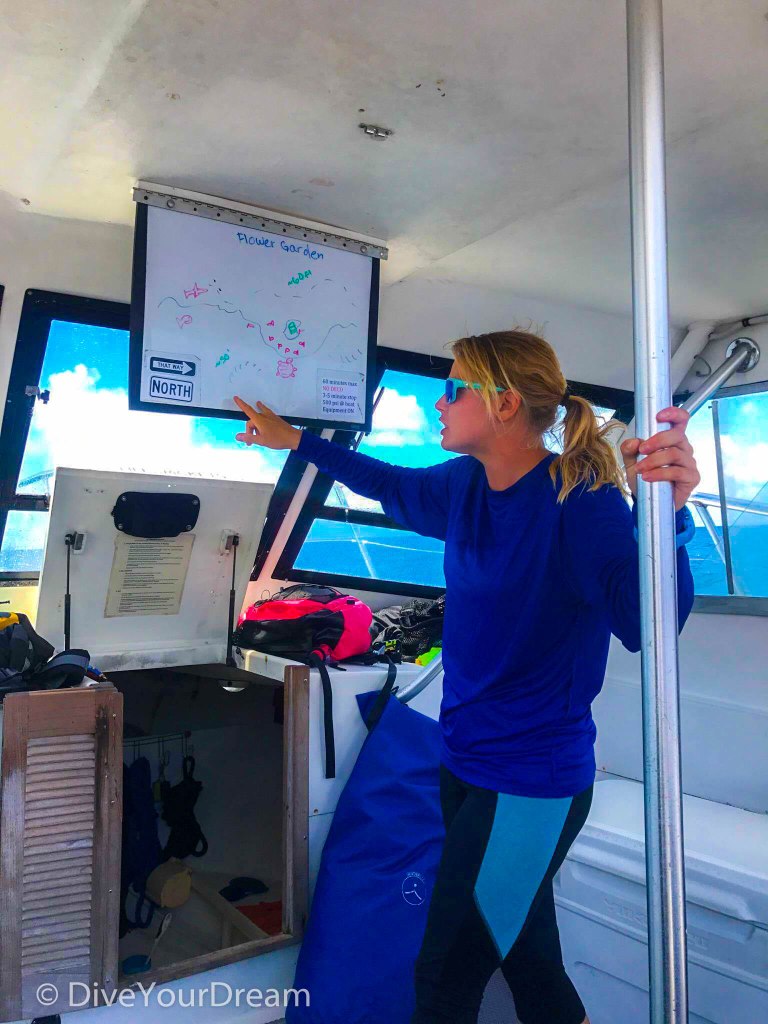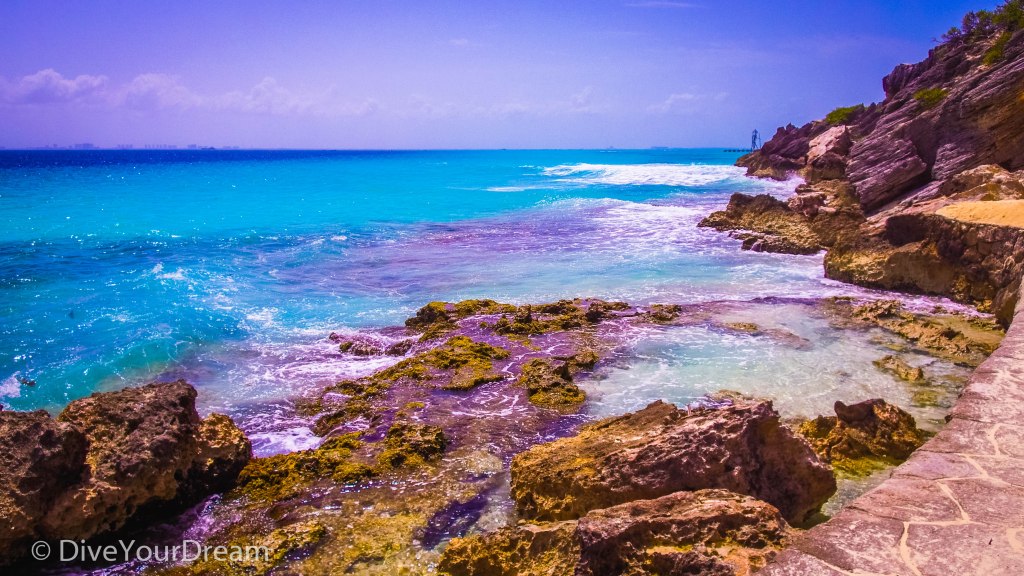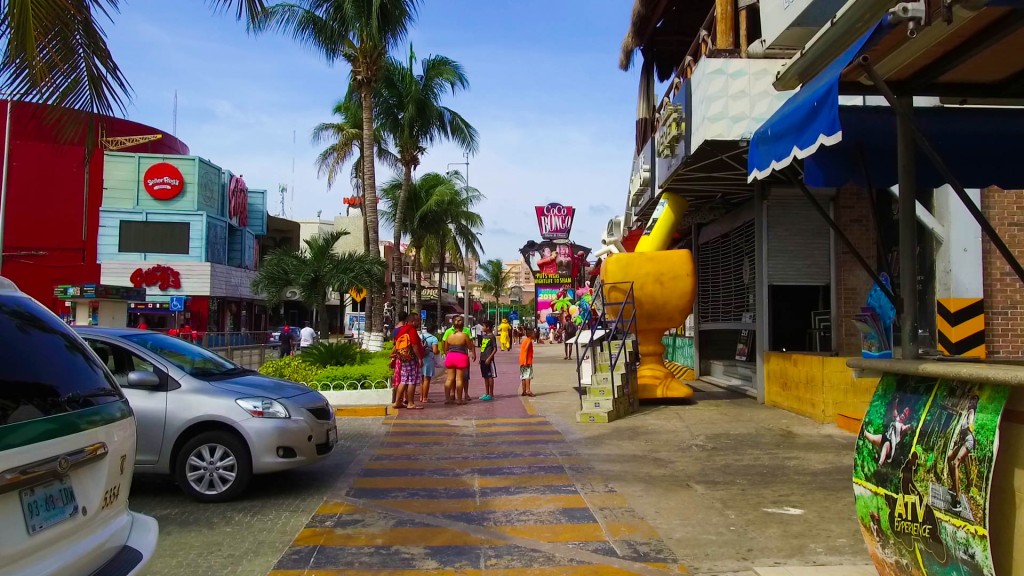What is Drift Diving?
There’s nothing quite like effortless diving. Jump in the water and just float along. If that’s the kind of diving that sounds like something you’d enjoy, then drift diving might be for you! But there’s definitely some considerations and safety factors to think about.
In a lot of my dive briefings for work, I joke about drift diving as “lazy diving” and if you’re doing it right, then that’s exactly what it can be. But if you fight it, you’re going to be in for a bad day. Tiring, exhausting, and just plain not fun.
You don’t need a drift diving certification to drift dive, but that is definitely something you can consider if you’d feel better having one.
Tips for Drift Diving
- Check the current
- Be streamlined!
- PAY ATTENTION to the dive briefing
- Go with the flow
- Have the proper gear
- Leave bulky equipment behind on the boat
Check the current

There are a variety of dive locations around the world that are know for their strong currents, and often vary wildly. For your safety, it’s important to have some idea of what to expect. Obviously, research the area a bit before you travel and know what conditions prevail there. For example, my home locale in Palm Beach, FL is known for its drift diving. This is due to how close the gulf stream comes to our coast. There may be days when the current is mild, but it exists in one form or another 99% of the time, and predominantly runs North.
Check with your dive guides or captain and ask them what they think the current is currently (heh) doing. Many times they can do a bounce dive if it’s up in the air for how the current is running that day, or even be able to tell from how the boat is moving on the surface.
Be streamlined!

It should go without saying that proper gear setup and streamlining is important for ANY dive, but it’s even more so on a drift dive. The water column will catch and whip around your gear, get you caught on things or the reef, and not to mention it’s just plain bad form for your stuff to be flopping around. Clip in that SPG, put appropriate things in your BCD pockets, and ensure things are bungeed and clipped as needed.
Your body position streamlining is important too. The more surface area you give the water to “push” the faster you’re going to go. So if you’re that diver who isn’t trimmed out well and is floating vertically, you’re gonna zoom along in the water. Remain horizontal to minimize the surface area the water behind you is pushing forward, and you’ll move more smoothly with more control.
Pay attention to the dive briefing!

You should ALWAYS be paying attention to the dive briefing. I say this with love, as a divemaster. There are MANY times I have to redirect peoples’ attention back to me and the dive briefing. I get you’re excited to dive, but I promise you the things I have to tell you will provide you with a much safer and fun dive.
Your guides know the area, they know the typical reef structure and critters, they know the regular currents, and they know how the boat is going to operate. All of this is crucial information you need to plan your dive and dive your plan. We will tell you the rough structure of the reef, where we plan to take the group, what to do if the current is too strong or not acting how we expect it to, the cardinal direction we will be going, when to ascend and all that good stuff. You don’t want to be the one who gets separated from the group by not knowing about the plan for the current and then have no idea how to proceed. Do you ascend and find the boat to redrop? Is it a wreck dive and you need to get immediately down so you don’t miss the wreck? Can you follow the ledge for the dive and find where the group is? Is the group planning to swim North or South? East?
All that is something you would know if you pay attention to the dive briefing…
Go with the flow

The entire idea of drift diving is to use the current to your advantage to have a calm, leisurely dive. If you spend the whole time fighting the current you will quickly burn all your air and potentially put yourself in a dangerous situation.
If you feel that you are being blow off the dive site, swim at a right angle to the current–not directly against it. Unless it’s a VERY mild current, you will make zero progress swimming directly against it. If you feel you are getting too winded and exhausted, it’s time to abort the dive and ascend to the boat.
Have the proper gear

You should always have an SMB (surface marker buoy) for diving, but it’s it doubly important for a drift dive. There is no navigating back to the boat or ascent line for you, and that safety sausage might be the only real way for the boat to see you if you get separated. Make sure each person has one, not just each buddy pair. Shit happens and people get separated. You don’t want to be the one floating at the surface with no SMB trying to get the boat’s attention.
Problem with currents is that they are unpredictable and change frequently. You may drop down and discover the undercurrent if going the opposite direction to the surface current. If you spend the next hour drifting the opposite direction to the boat, they will have very difficult time spotting you if you don’t have a safety sausage.
This is a piece of gear I recommend you buy for yourself and always take with you diving whether you rent gear or not. Make sure you practice using it.
Leave bulky equipment behind

This ties into being streamlined–the more surface area you have the more the current is going to push against you. You better believe that large camera is going to take a beating if you’re not familiar with using it in current. Or using it at all.
There have been way too many times I’ve seen a newer diver kitted out with all sorts of new toys they’ve never dove with before, and think they’re going to have a fantastic dive for their first drift dive. More often than not, they end up burning through their air and having to ascend early, or I have to hold their gear for them for the dive because they can’t handle it.
Enjoy Your Dive
If done right, drift diving is fun, relaxing and thrilling all at the same time! The most important part of any dive is always safety, and only you can judge what conditions you feel comfortable in. Plan your dive and dive your plan.
Have you had any thrilling drift diving experiences you would like to share? If so, we would love to hear from you. Let us know about your dive in the comments section below and we will be sure to get back to you.

































